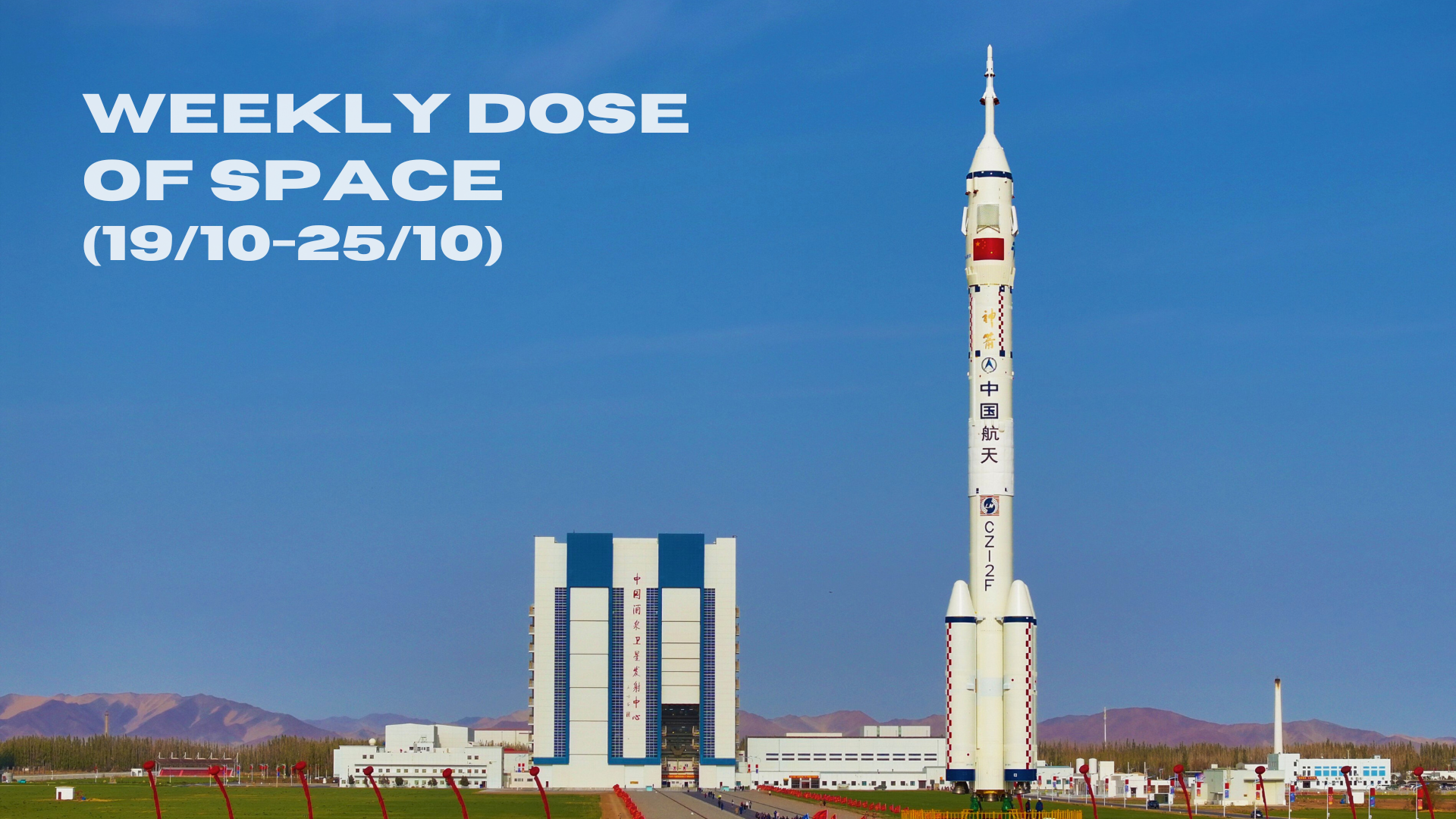Table of Contents
Welcome back to Weekly Dose of Space! This week had nine orbital launch attempts taking place, with six different rockets flying. News during the week had the Shenzhou-20 taikonauts returning to Earth and damage to NASA's Deep Space Network. As always, we'll also look ahead to what the worldwide launch schedule might look like next week.
Launches This Week
November 9th - Kinetica-1 with Chutian-2-01 & 02
From Launch Area 130 at the Jiuquan Satellite Launch Center, CAS Space’s Kinetica-1 flew into sun-synchronous orbit carrying the Chutian-2-01 and Chutian-2-02 satellites. Both satellites are technology tests for a very-low Earth orbit remote sensing constellation.
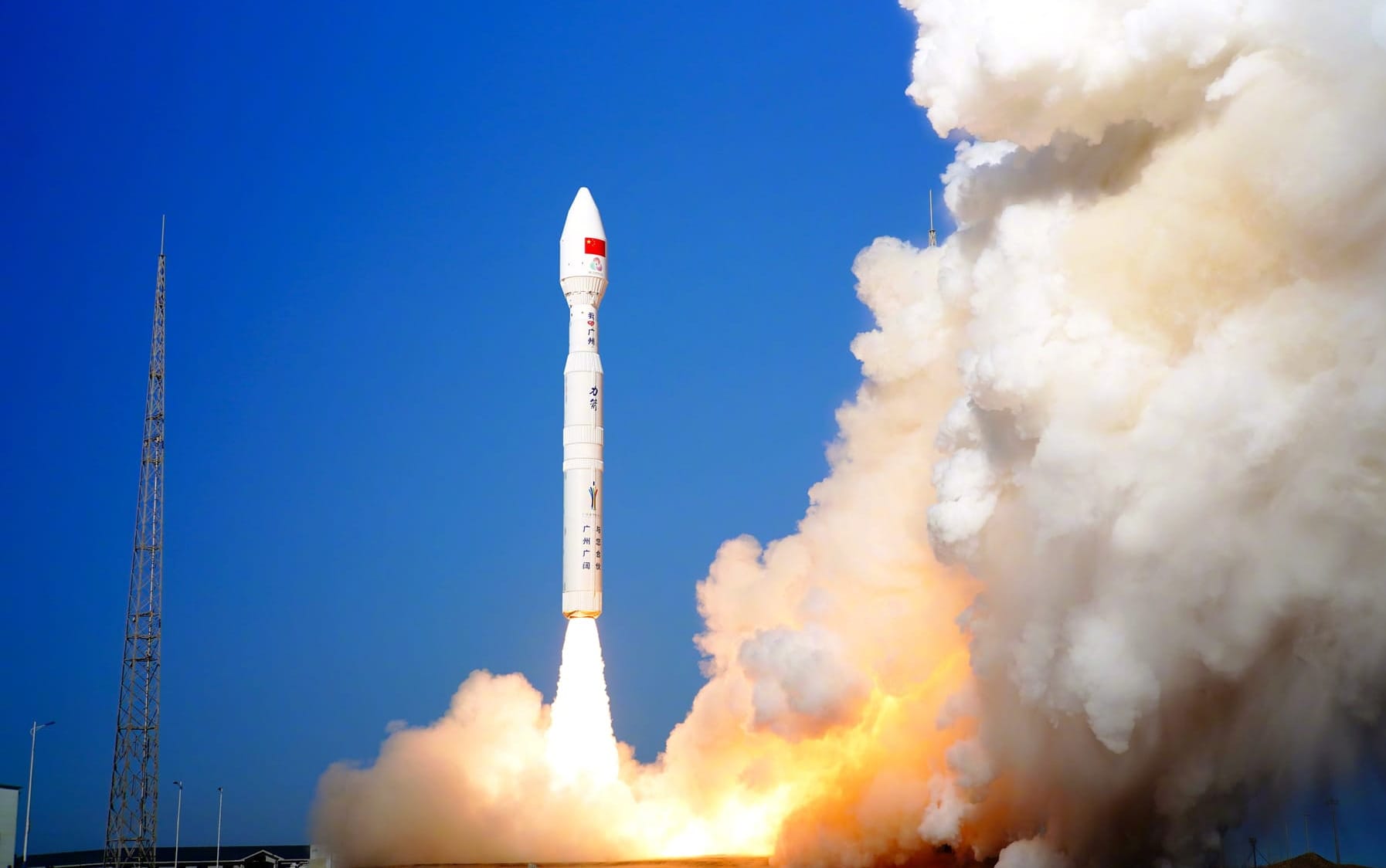
November 9th - Falcon 9 with Starlink Group 10-51
A Falcon 9 blasted off from Launch Complex 39A, in Florida, carrying twenty-nine Starlink satellites into low Earth orbit. Supporting this mission was booster B1069 for its twenty-eighth mission, landing on the drone ship 'A Shortfall Of Gravitas' downrange.
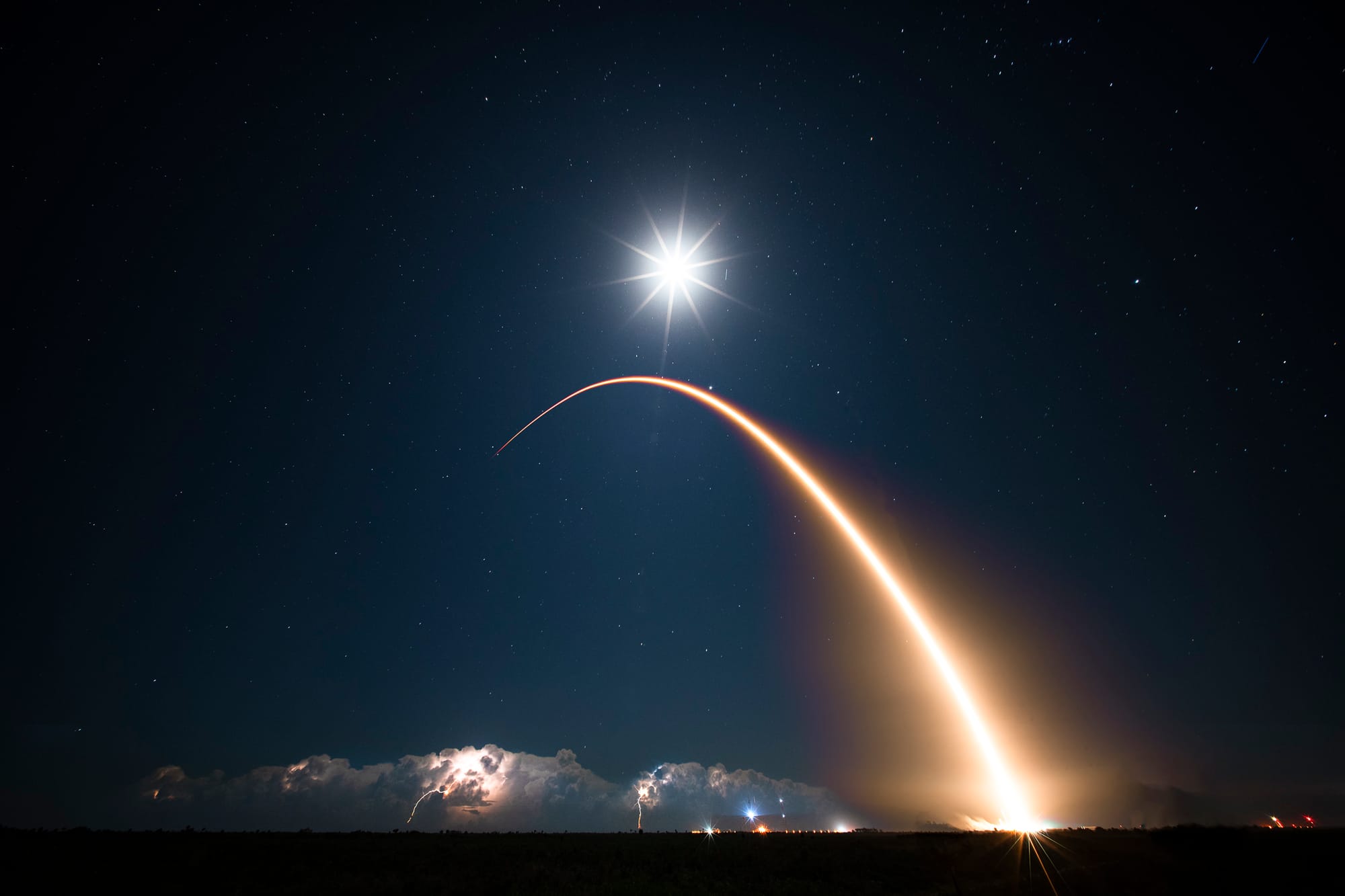
November 10th - Long March 12 with GuoWang Group 13
A Long March 12 flew from Commercial Launch Pad 2 at the Wenchang Commercial Space Launch Site carrying nine GuoWang satellites into low Earth orbit. With this launch, the state-backed internet connectivity constellation has 104 satellites in space.
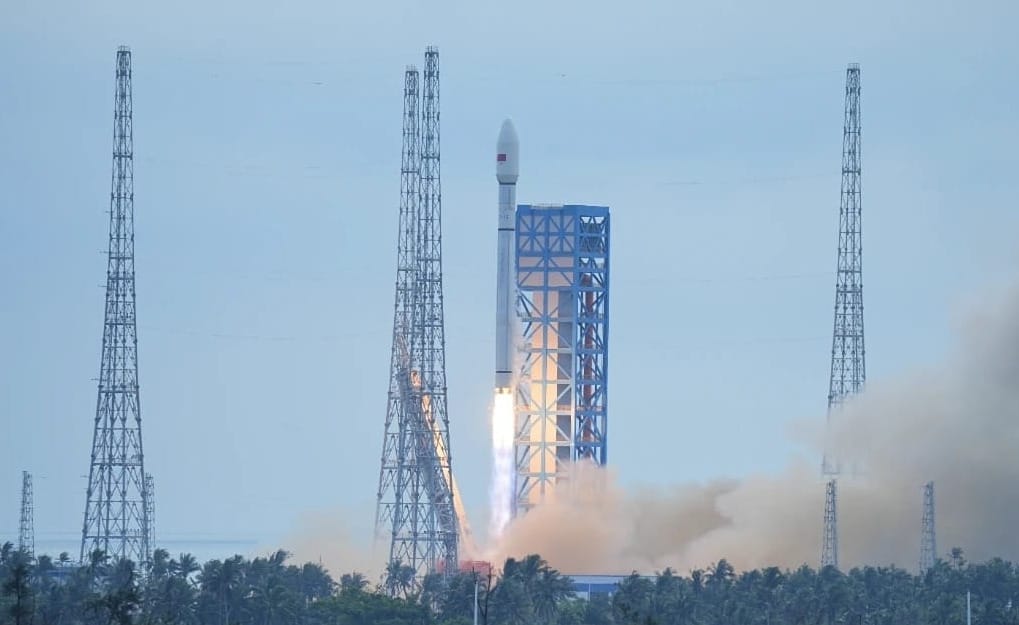
November 10th - Ceres-1 with three satellites
Galactic Energy attempted to launch its Ceres-1 rocket into sun-synchronous orbit from the Jiuquan Satellite Launch Center, but the rocket's fourth stage shut down earlier than planned, resulting in the loss of the rocket and the three satellites onboard. The satellites atop of the rocket were Jixing Gaofen 04C, Jixing Platform 02A04, and North China University of Technology Satellite-1.
November 11th - Falcon 9 with Starlink Group 6-87
Twenty-nine more Starlink satellites were delivered into low Earth orbit atop of a Falcon 9 flying from Space Launch Complex 40, in Florida. Booster B1096 supported this mission for its third flight, landing downrange on the drone ship 'Just Read The Instructions'.

November 13th - New Glenn with ESCAPADE
Blue Origin launched its New Glenn rocket from Launch Complex 36, in Florida, for the second time, setting the twin ESCAPADE spacecraft on a long trek toward Mars. During this launch, New Glenn's booster, 'Never Tell Me The Odds', landed on the drone ship 'Jacklyn' for the first time!
Good overview of the landing. We nominally target a few hundred feet away from Jacklyn to avoid a severe impact if engines fail to start or start slowly. We’ll incrementally reduce that conservatism over time. We are all excited and grateful for yesterday. Amazing performance by… pic.twitter.com/DCEMsuSyPm
— Jeff Bezos (@JeffBezos) November 14, 2025
New Glenn booster 'Never Tell Me The Odds' landing on the drone ship 'Jacklyn' as seen from a distance, via Jeff Bezos on Twitter.
“Never Tell Me The Odds” returns home. pic.twitter.com/bOXm7MjcD4
— Dave Limp (@davill) November 14, 2025
An onboard view of New Glenn booster 'Never Tell Me The Odds' landing on the drone ship 'Jacklyn', via Dave Limp on Twitter.
November 14th - Atlas V with ViaSat-3 F2
United Launch Alliance launched its Atlas V rocket from Space Launch Complex 41, in Florida, carrying the second ViaSat-3 satellite into a geostationary transfer orbit. ViaSat-3 F2 is planned to be capable of rapidly shifting capacity throughout its coverage area to best deliver bandwidth to users on Earth below.
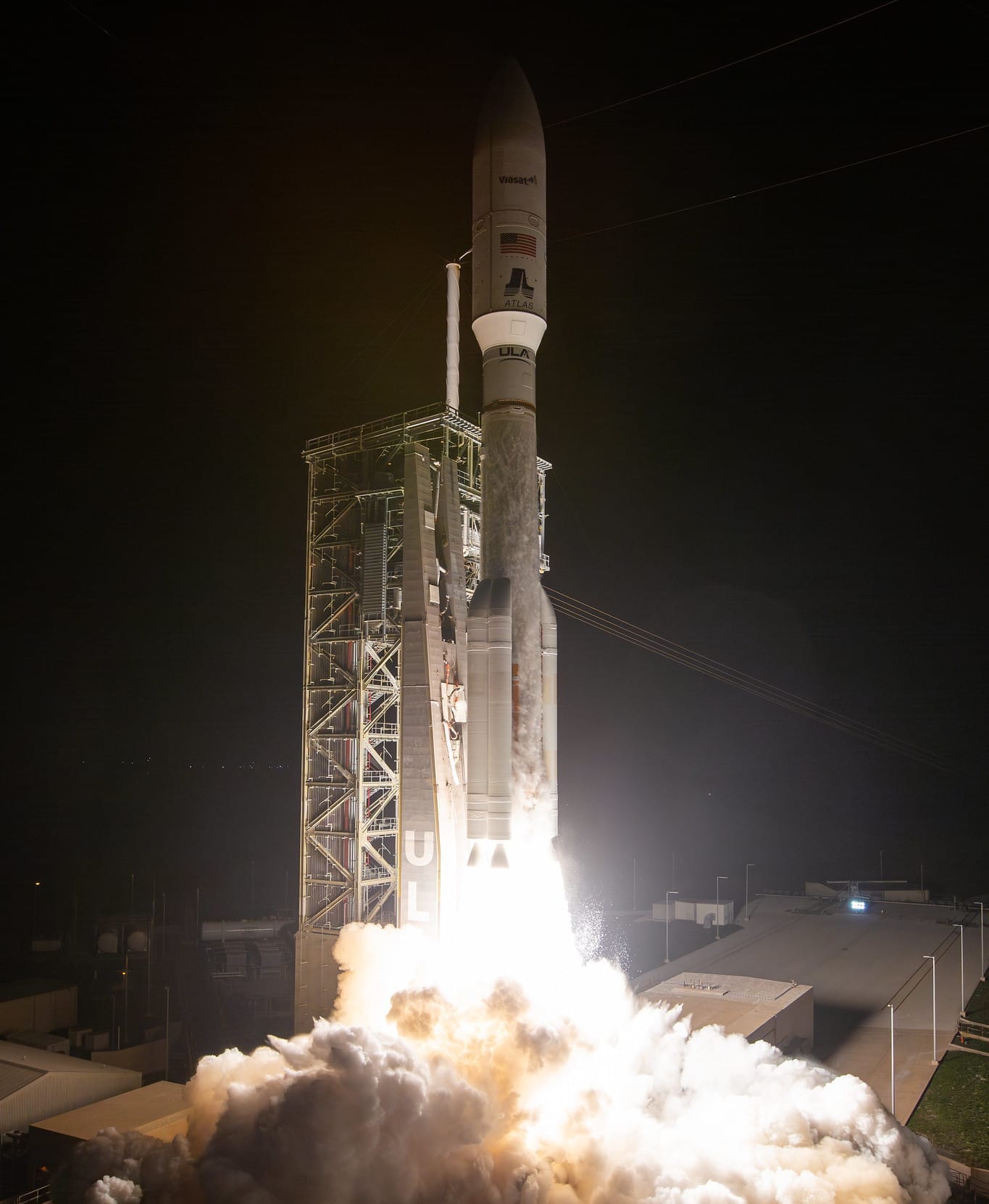
November 15th - Falcon 9 with Starlink Group 6-89
Another Falcon 9 delivered twenty-nine Starlink satellites to low Earth orbit from Launch Complex 39A. Supporting this mission was booster B1092, for its eighth flight with a landing on the drone ship 'A Shortfall Of Gravitas' downrange.
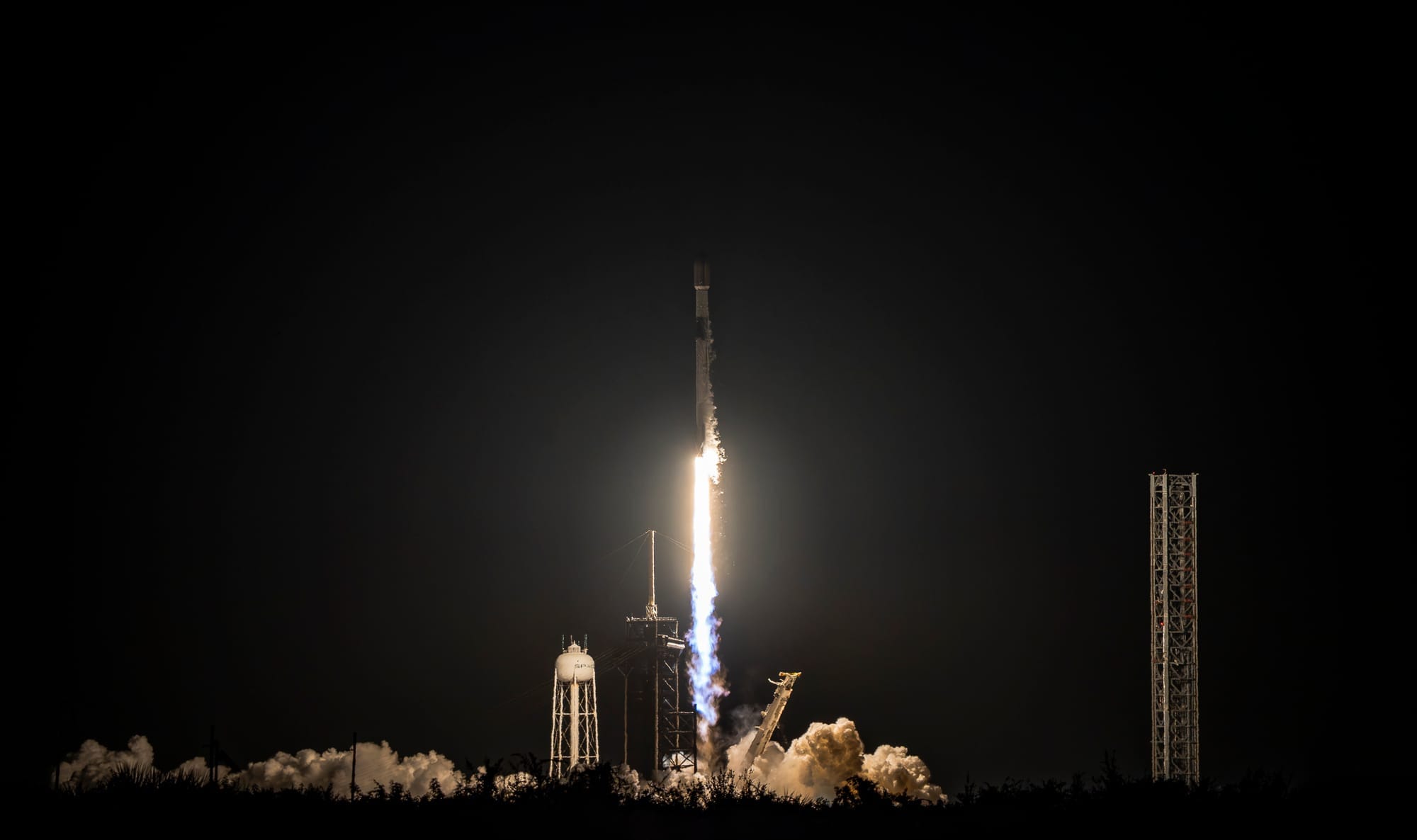
November 15th - Falcon 9 with Starlink Group 6-85
Twenty-nine more Starlink satellites were put into low Earth orbit by a Falcon 9 flying out of Space Launch Complex 40. Booster B1078 supported this mission for its twenty-fourth flight, landing downrange on the drone ship 'Just Read The Instructions'.
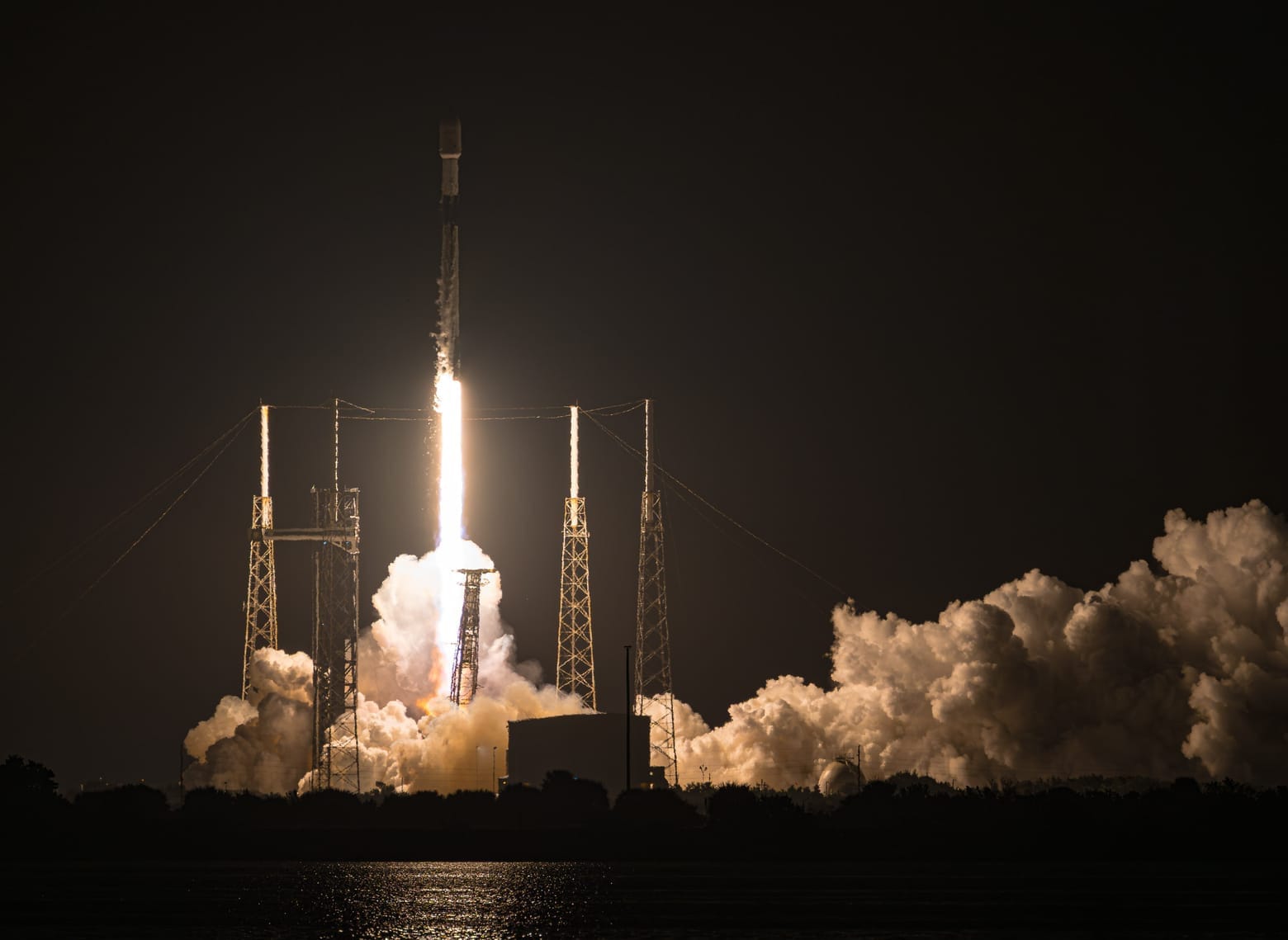
In Other Space News
Shenzhou-20 crew returns after debris concern
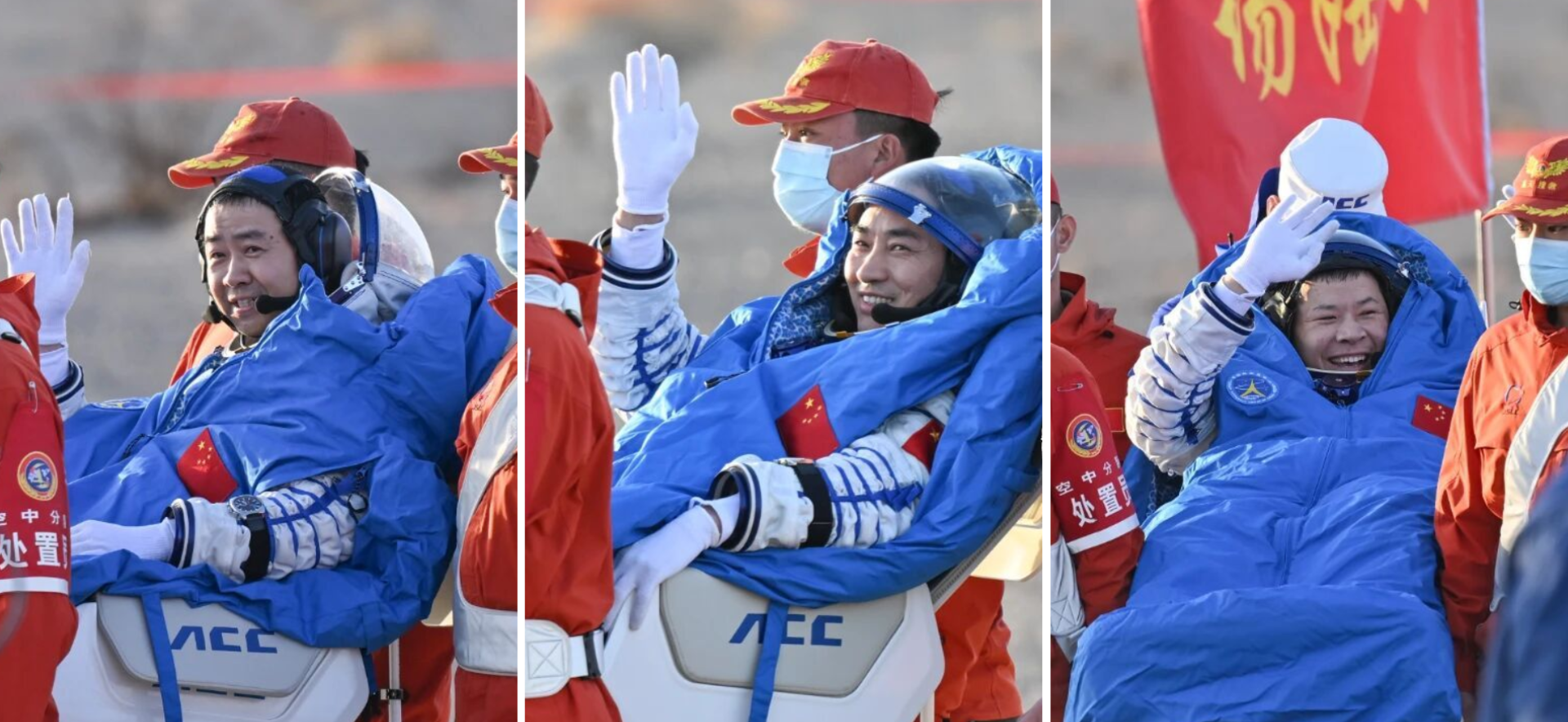
The Shenzhou-20 crew of Commander Chen Dong, Operator Chen Zhongrui, and Science Operator Wang Jie safely returned to Earth on November 14th after 204 days onboard China's Tiangong Space Station. After being extracted by recovery teams, Wang quipped:
"Well, after half a year and finally safely return home and feel gravity again feels great."
For their return, the crew swapped over to the Shenzhou-21 spacecraft after theirs was hit by a small piece of debris around November 5th, which resulted in a concerning crack on a window's outer layer. The Shenzhou spacecraft's windows consist of multiple layers of impact-resistant glass, but only the outer layer is resistant to the heat of reentry, bringing concern that if the damaged outer layer fails that the others will too. During reentry, the three crew members wear pressure suits, allowing them to remain safe, but a depressurization would ruin much of the science being brought back alongside them.
Shenzhou-20's crew were aware of concerns about them during the latter days of their mission, with Chen Dong reassuring:
"Taking the Shenzhou-21 spaceship has reassured our steps to discover the universe; space exploration will never stop and is full of challenges and uncertainties, but that’s exactly why we’re taking this road. I believe this mission is a great test for all of us, and we are very proud to have finished our mission completely and successfully."
With the Shenzhou-20 crew taking the Shenzhou-21 spacecraft back to Earth, the Shenzhou-21 crew has the Shenzhou-20 spacecraft. That spacecraft is suitable for an emergency return to Earth, but for a nominal return, the Shenzhou-22 spacecraft will be sent up to Tiangong in the near future. Shenzhou-22 and its Long March 2F/G rocket are currently preparing for launch.
Deep Space Network antenna damaged
A 70-meter antenna, dubbed DSS-14, at the Jet Propulsion Laboratory, in California, that is part of NASA's Deep Space Network, has been damaged since September 16th, according to SpaceNews, which received confirmation on November 10th. The antenna was reportedly damaged due to over-rotation, stressing cabling and piping, leading to damage to the fire suppression system, which briefly flooded it.
DSS-14 is one of three 70-meter antennas in the Deep Space Network for communicating with spacecraft across the solar system, it can also be used for high-bandwidth data transmission with missions close to Earth. At the moment, there is no timetable to return DSS-14 to operation, putting strain on the over-subscribed network.
What to Expect Next Week
November 16th - Electron for 'Van'
Rocket Lab is planning to fly its Electron rocket in its suborbital HASTE (Hypersonic accelerator suborbital test electron) configuration for a confidential customer out of Wallops Island, in Virginia.
November 17th - Falcon 9 with Sentinel-6B
SpaceX's Falcon 9 is preparing to launch from Space Launch Complex 4E, in California, carrying the Sentinel-6B mission into low Earth orbit on behalf of NASA.
November 18th - Falcon 9 with Starlink Group 6-94
Twenty-nine Starlink satellites are set to be launched atop of a Falcon 9 flying from Space Launch Complex 40 into low Earth orbit.
November 19th - Long March 8A with to-be-annouced payloads
A Long March 8A is preparing to fly from the Wenchang Commercial Space Launch Site for a mission heading into low Earth orbit.
November 19th - Falcon 9 with Transporter-15
SpaceX is preparing to launch its Transporter-15 sun-synchronous orbit rideshare mission from Space Launch Complex 4E atop of Falcon 9.
November 20th - Falcon 9 with Starlink Group 6-78
Another set of Starlink satellites are set to be placed into low Earth orbit by a Falcon 9 out of Launch Complex 39A.
November 22nd - Hanbit-Nano for 'Spaceward'
South Korean startup Innospace is preparing to launch its solid-hybrid rocket Hanbit-Nano into low Earth orbit for the first time, from the Alcântara Launch Center in Brazil.
November 22nd - Falcon 9 with Starlink Group 6-79
Falcon 9 with again fly from Space Launch Complex 40 carrying a batch of Starlink satellites into low Earth orbit.







